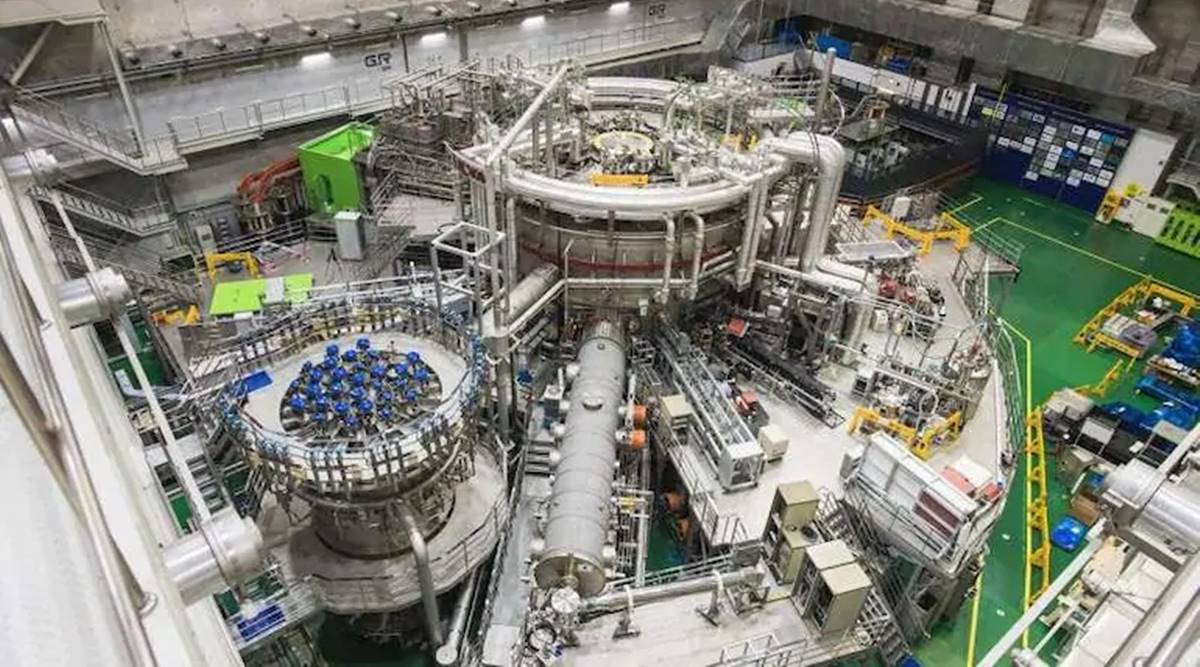
South Korean scientists reached a breakthrough in the search for cleaner nuclear energy. They are creating an artificial Sun. Here’s all you need to know.
What is the artificial sun?
Scientists from the Seoul National University and the Korea Institute of Fusion Energy reached a breakthrough in their search for cleaner nuclear energy. At the Korea Superconducting Tokamak Advanced Research (KSTAR) reactor, they are creating an artificial sun. As per reports, the reactor reaches temperatures over 100 million degrees Celsius for 30 seconds. In comparison, the Sun’s core reaches about 15 million degrees.
Moreover, nuclear fusion is believed to be the holy grail of energy as it powers our sun. This is possible by merging atomic nuclei to create huge amounts of energy. The process is contrary to the fission process used in nuclear power plants and atomic weapons that splits it into fragments.
More on the project

The project mimics the sun’s natural reaction and is aiming to help harness huge amounts of energy to battle the ongoing energy crisis. Moreover, unlike nuclear fission, fusion does not emit greenhouse gases. It also carries a lower risk of accidents and theft of atomic material. Researchers at KSTAR are ready to operate the reactor for 300 seconds or five minutes. “We usually say that fusion energy is a dream energy source – it is almost limitless, with low emission of greenhouse gases and no high-level radioactive waste – [but the latest breakthrough] means fusion is not a dream,” stated Yoo Suk-Jae. Yoo is the president of the Korea Institute of Fusion Energy.
“This is not the end of the story, we must move on to 300 seconds – 300 is the minimum time frame to demonstrate steady-state operations, then this plasma can work forever,” he added. Chinese scientists have previously been working on similar various since 2006. Last year, the Experimental Advanced Superconducting Tokamak (EAST) reactor created an artificial sun that reached 70 million degrees Celsius for 1,056 seconds.






